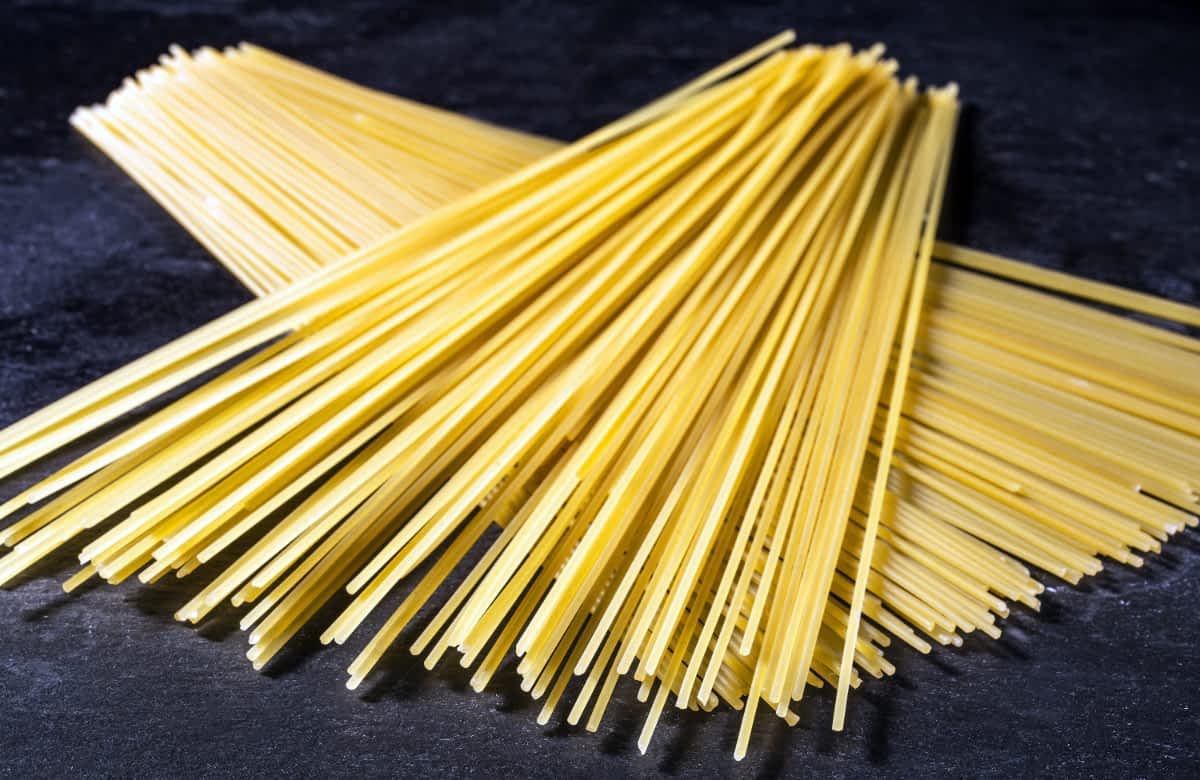Sometimes there’s nothing more comforting than a plate of spaghetti topped with tomato sauce and freshly-grated Parmesan cheese. Spaghetti is America’s most popular pasta shape by far. But with over 350 variations of pasta shapes to choose from, there’s no need to limit yourself to just one or two. Each shape typically compliments a particular sauce based on consistency and its ability to hold sauce. Not to mention some of the more distinctive-pasta shapes have quirky and interesting origins. Let’s take a look!

Naples, pasta capital of Italy
The climate and agricultural conditions of the Campania region make it a prime location to grow durum wheat. This hard wheat is the most important element in quality Italian pasta because it has the ability to keep its shape even after cooking.
Not only has Naples propelled the Italian pasta revolution, but it is also home to the classic pasta shapes we know and love. Penne (PEH-neh) is a tubular pasta cut on an angle so that it resembles the tip of a quill pen. There are several variations of penne. Penne rigatte (with ridges) holds more sauce, whereas smooth penne works better with olive oil dressing. This shape is sturdy enough to use in pasta salads and baked casseroles.

“Little ears” from the heel of the boot
Orecchiette (or-eh-KYEH-teh) originated in Puglia between the 12th and 13th centuries. Its small, curved form sometimes has the pasta-maker’s thumbprints on it. Orecchiette is great for chunky, heavy sauces because its hollow shape serves as a little bowl. Cime di rapa (broccoli rabe) is the most common topping for orecchiette in Puglia.

The “Priest stranglers” of Tuscany & Emilia-Romagna
Strozzapreti (strots-zah-PREH-tee) have a somewhat morbid history. In past times, priests could eat for free at restaurants and in people’s homes. Restaurant owners used to joke that they hoped the priest would choke on the pasta before the more expensive second course was served. This pasta’s rolled edge stands up to a thick sauce such as sausage ragù, porcini mushrooms, or other vegetables.

Perfect with pesto!
Trofie (TROH-fee-eh) is traditionally a fresh pasta, about an inch in length. The shape is similar to strozzapreti, but it’s twisted so that the ends are pointy. Liguria is the Italian region that gave birth to trofie, just like it did to the world-famous pesto sauce. The two are almost always eaten together since this specific sauce can easily get into the pasta’s many crevices.

Venus’ belly button
Bologna and the northern region of Emilia-Romagna played an important role in providing us with some beloved pasta shapes and the fun stories behind them. According to legend, Venus, the Roman goddess of love, is the inspiration for tortellini (tor-tell-LEE-nee).
The myth states that a chef tried to steal a peek of the goddess through the keyhole to her room but all he saw was her belly button. As soon as he saw it, he rushed back to the kitchen and created a pasta shape that resembled Venus’ navel. Tortellini is an egg pasta with a filling featuring anything from ground meat, ham, cheese, or spinach. It is traditionally served in broth, but also with a light tomato or cream-based sauce.
Now that you have your primer on delicious vehicles for pasta sauce, get out there and enjoy some carb-filled, starchy goodness with newfound appreciation!

